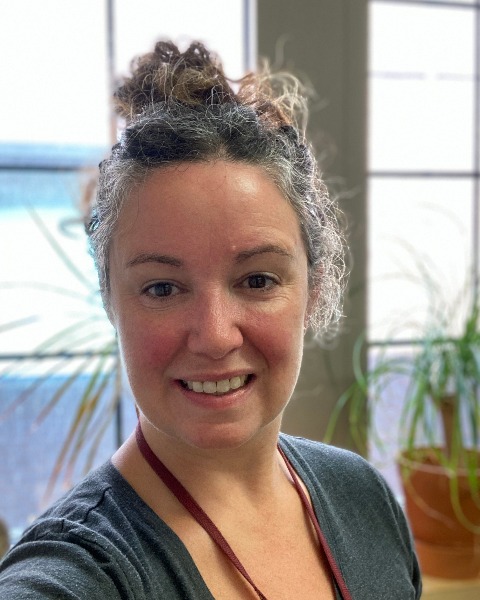Back
Inspire Session
Session: How I Incorporate the 4DEE Practice of Natural History in My Teaching and Community Work
INS 11-5 - Connecting to Natural History in the Classroom
Wednesday, August 17, 2022
10:00 AM – 11:30 AM EDT
Location: 520B

Carrie L. Woods
Associate Professor
University of Puget Sound
Tacoma, Washington, United States
Presenting Author(s)
Background and Methods
Careful observation of the natural world around us is an innate human trait and the basis for considerable advancement in science. For ecology, much of its underlying theory is rooted in natural history observations, yet opportunities in ecology education to hone field observation or museum skills are declining. I aim to incorporate natural history into my classes by offering opportunities for intentional and focused observation of the natural world, interactions with museum specimens, and a practice called “50 questions in an hour” for observation-based hypothesis development. In a first-year seminar, I included opportunities for self-reflection while sitting in nature and exposure to museum specimens through a sketching activity in a natural history museum. In a sophomore-level ecology course, a field-observation lab where students develop a testable hypothesis and collect data after spending time observing patterns in nature forms the basis for their first scientific report. In an upper division field botany course, students make nature journals, botanical illustrations, and collect plant specimens that are dried, pressed, and donated to the natural history museum herbarium. The goal of these activities is to connect students to the value of natural history.
Results and Discussion
Students have consistently praised the opportunities for time in nature. In evaluations of my classes, students repeatedly ask for more field trips and time for observations in nature. One of the most valuable activities I have used is the “50 questions in an hour” where students sit in one spot in nature for an hour and write down as many questions as come to mind. Students come back with some profoundly interesting and unique questions that some of them subsequently pursued for research experience in my lab. In ecology, the field-observation lab has also led some students to pursue their findings further in our undergraduate summer research program. Incorporating self-reflections and creative expression in museum sketching, botanical illustrations, and nature journals has enabled students to discover new passions and interest in natural history. Some students sought out summer internships at natural history museums, parks, and nature schools while several students in the first-year seminar sought out the museum docent program at the natural history museum where they sketched specimens. These simple activities that can be adapted into any class have had profound outcomes on student connections to nature, positive perceptions of observation-based hypothesis development, and newfound interest in natural history.
Careful observation of the natural world around us is an innate human trait and the basis for considerable advancement in science. For ecology, much of its underlying theory is rooted in natural history observations, yet opportunities in ecology education to hone field observation or museum skills are declining. I aim to incorporate natural history into my classes by offering opportunities for intentional and focused observation of the natural world, interactions with museum specimens, and a practice called “50 questions in an hour” for observation-based hypothesis development. In a first-year seminar, I included opportunities for self-reflection while sitting in nature and exposure to museum specimens through a sketching activity in a natural history museum. In a sophomore-level ecology course, a field-observation lab where students develop a testable hypothesis and collect data after spending time observing patterns in nature forms the basis for their first scientific report. In an upper division field botany course, students make nature journals, botanical illustrations, and collect plant specimens that are dried, pressed, and donated to the natural history museum herbarium. The goal of these activities is to connect students to the value of natural history.
Results and Discussion
Students have consistently praised the opportunities for time in nature. In evaluations of my classes, students repeatedly ask for more field trips and time for observations in nature. One of the most valuable activities I have used is the “50 questions in an hour” where students sit in one spot in nature for an hour and write down as many questions as come to mind. Students come back with some profoundly interesting and unique questions that some of them subsequently pursued for research experience in my lab. In ecology, the field-observation lab has also led some students to pursue their findings further in our undergraduate summer research program. Incorporating self-reflections and creative expression in museum sketching, botanical illustrations, and nature journals has enabled students to discover new passions and interest in natural history. Some students sought out summer internships at natural history museums, parks, and nature schools while several students in the first-year seminar sought out the museum docent program at the natural history museum where they sketched specimens. These simple activities that can be adapted into any class have had profound outcomes on student connections to nature, positive perceptions of observation-based hypothesis development, and newfound interest in natural history.
